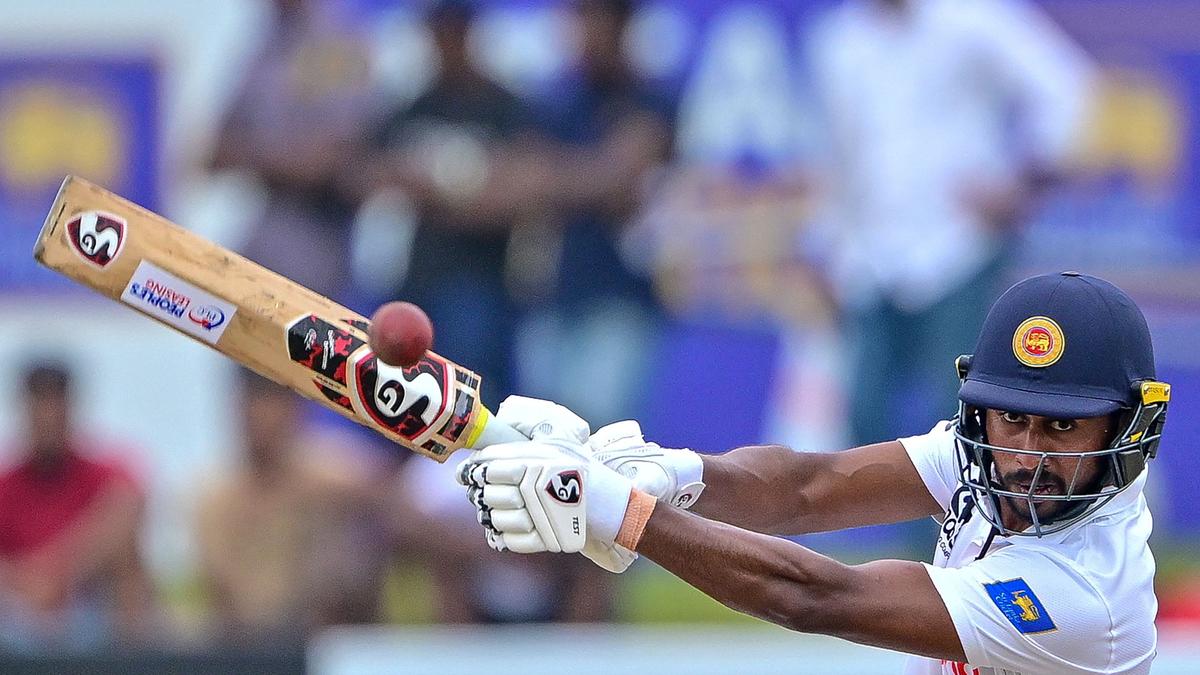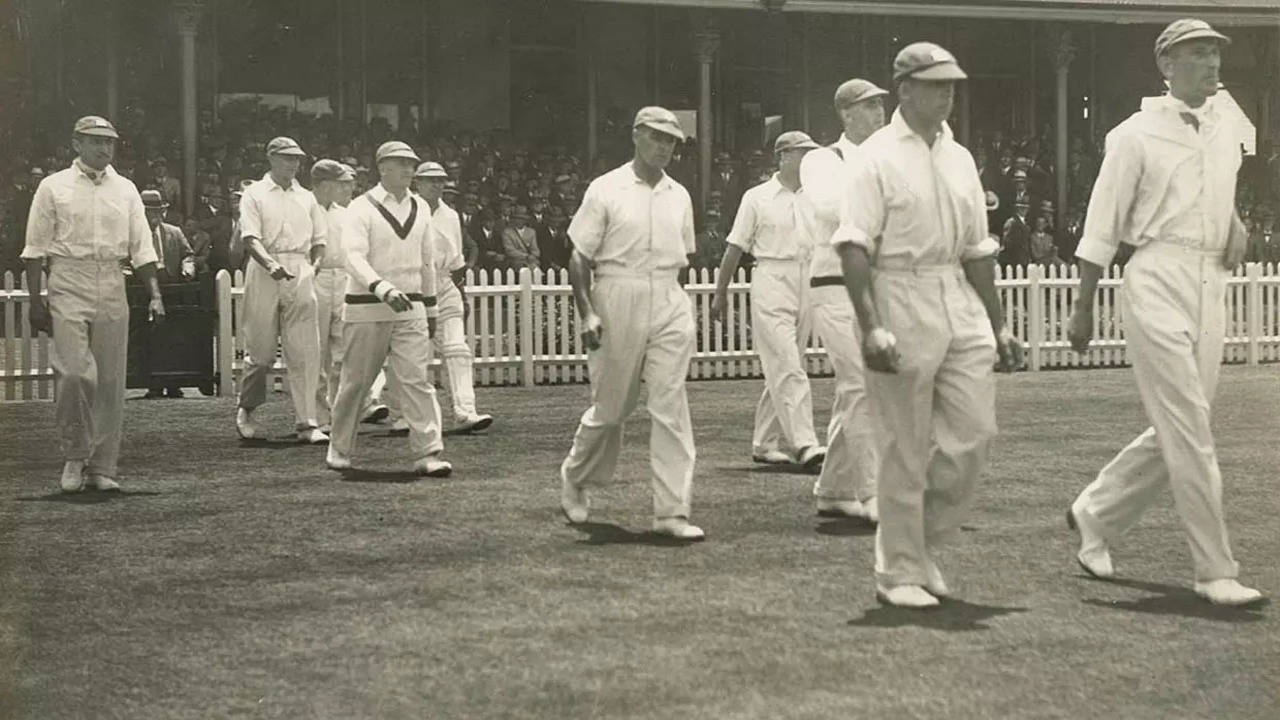Kamindu Mendis Matches Bradman’s Record, Sri Lanka Dominates New Zealand
Kamindu Mendis has etched his name into the annals of cricket history, becoming the joint third-fastest player to reach the coveted milestone of 1,000 test runs. His remarkable achievement came during the second test against New Zealand in Galle, where Sri Lanka tightened its grip on the match.
Mendis’s blistering innings mirrored the legendary Don Bradman, who achieved the feat in 1930 against England at Headingley. Only England’s Herbert Sutcliffe and West Indies great Everton Weekes reached the landmark in fewer innings, doing so in 12 knocks.
In a career that has blossomed rapidly, Mendis notched his fifth century before lunch, his second century in two tests. Later, with audacious flair, he brought up his 1,000th run by stepping down the track to Rachin Ravindra and smashing a towering six straight back over the bowler’s head.
This remarkable achievement made him not only the fastest Sri Lankan but also the quickest Asian to the milestone, surpassing the likes of Sri Lanka great Roy Dias (23 innings) and India’s Vinod Kambli (14).
The crowd’s celebrations were bittersweet, however, as Sri Lanka declared before Mendis could reach his maiden double century. He was unbeaten on 182 off 250 balls, an innings laced with 16 boundaries and four massive sixes.
“Kamindu Mendis has been sensational for us this year,” said teammate Angelo Mathews. “He is doing stuff that none of us were able to do early in our careers. He is very matured, knows his game and plays very positively.”
Mendis found strong support from Kusal Mendis, who shrugged off recent struggles to post an undefeated 106, his 10th test century. Demoted to No. 7 in the order after disappointing performances, Kusal responded with a measured innings, combining with Kamindu for an unbroken 200-run partnership, the highest sixth-wicket stand for Sri Lanka against New Zealand on home soil. This partnership also set a record as the highest sixth-wicket stand in Galle, by any team, further cementing Sri Lanka’s dominance.
Earlier in the day, the hosts lost Mathews (88) and skipper Dhananjaya de Silva (44) in the morning session, but Kamindu’s relentless march, paired with Kusal’s defiance, ensured Sri Lanka remained firmly in the driver’s seat, with thoughts of a 2-0 series sweep looming large.
New Zealand, meanwhile, missed crucial chances again to rein in Sri Lanka. Daryl Mitchell dropped Kamindu on 26 and Tom Blundell fluffing a straightforward stumping when he was on 113. The misery continued for the Kiwis when Sri Lanka struck early in their innings. Asitha Fernando set the tone, dismissing Tom Latham in the very first over with a sharp catch at gully. Prabath Jayasuriya then removed the other opener Devon Conway, snapped up at slip by De Silva on 9.
“It’s a tough ask for us now,” said New Zealand’s Luke Ronchi. “The important thing is to play each ball, build partnerships and see through sessions. We have done it before in tough conditions. We need to take the game as deep as possible.”



